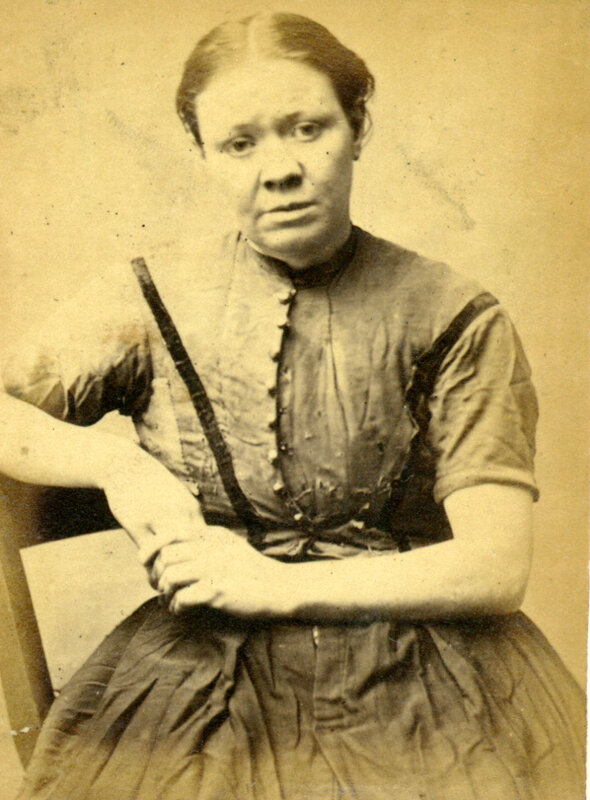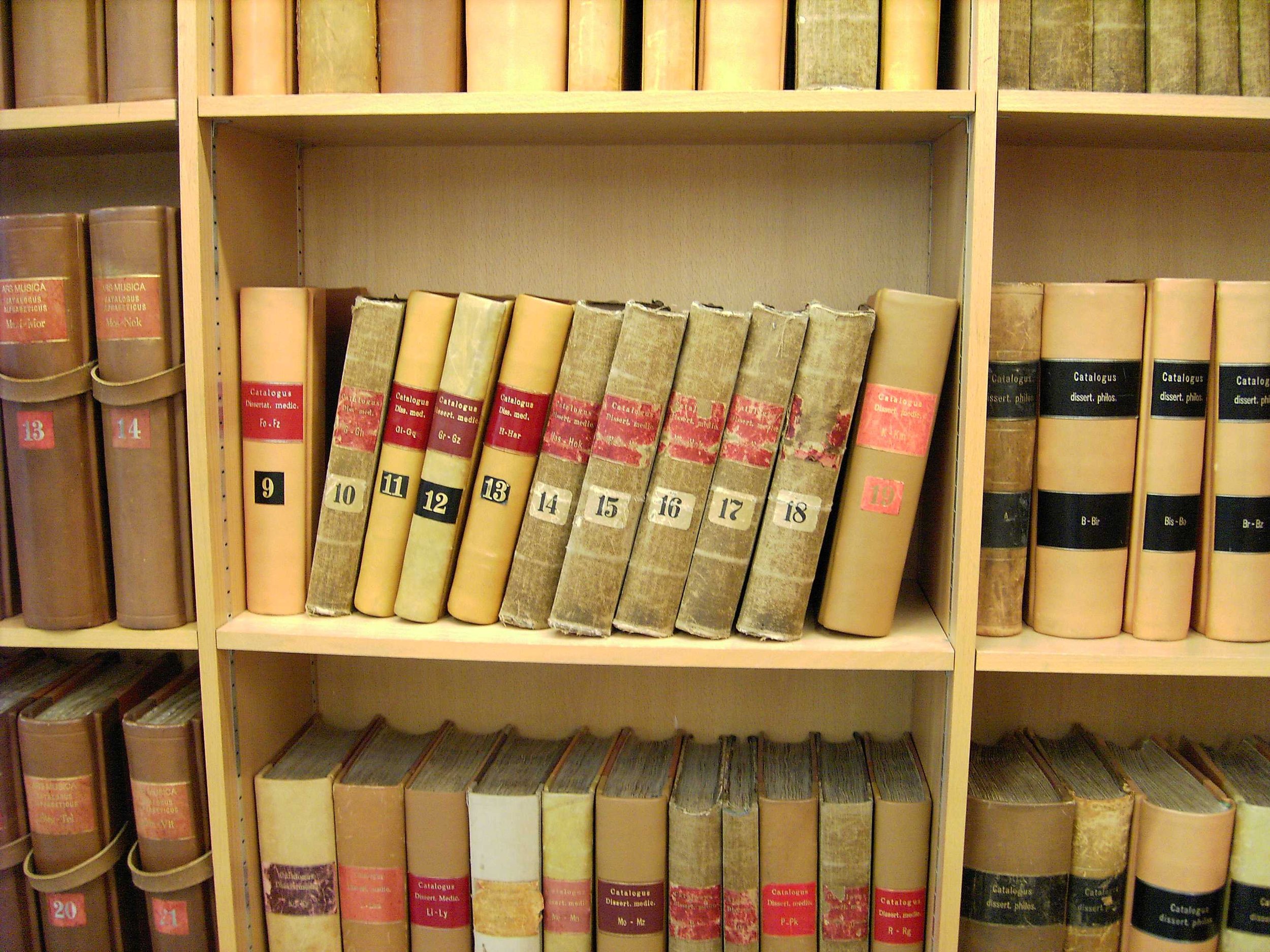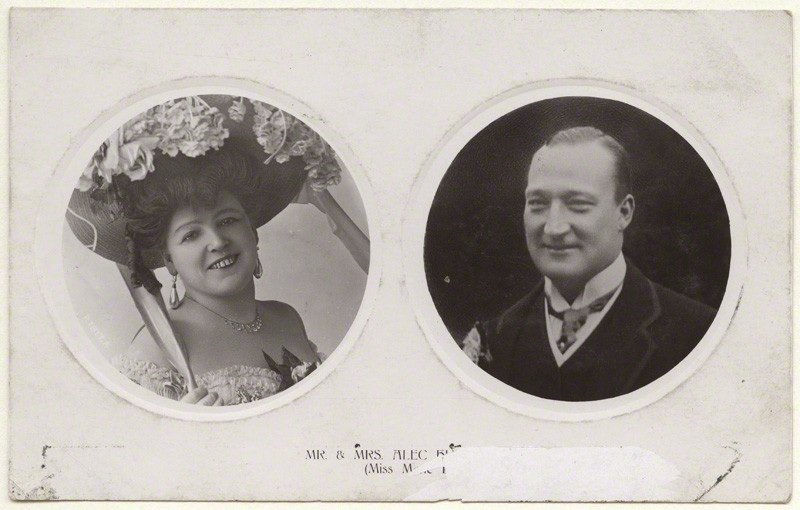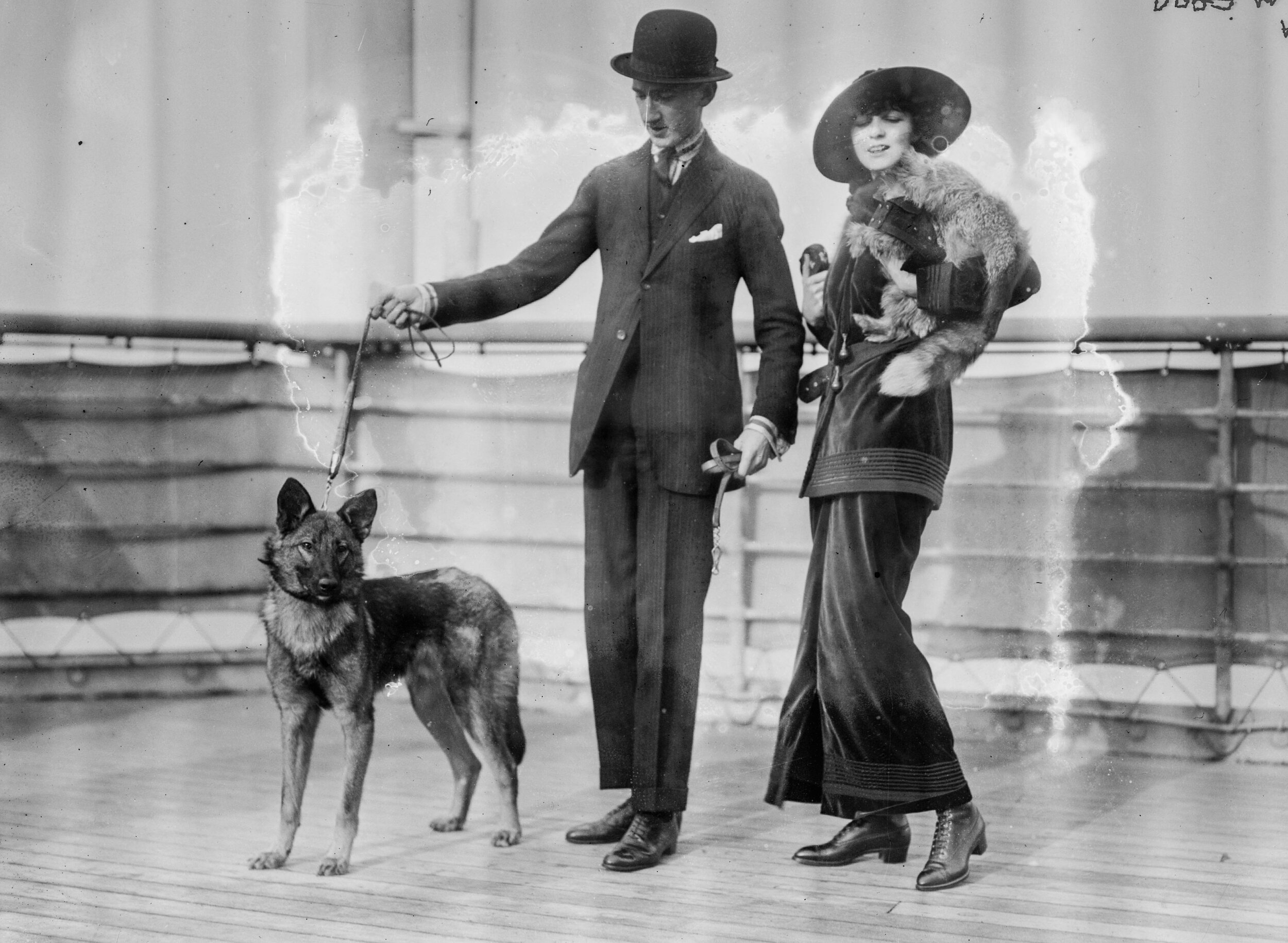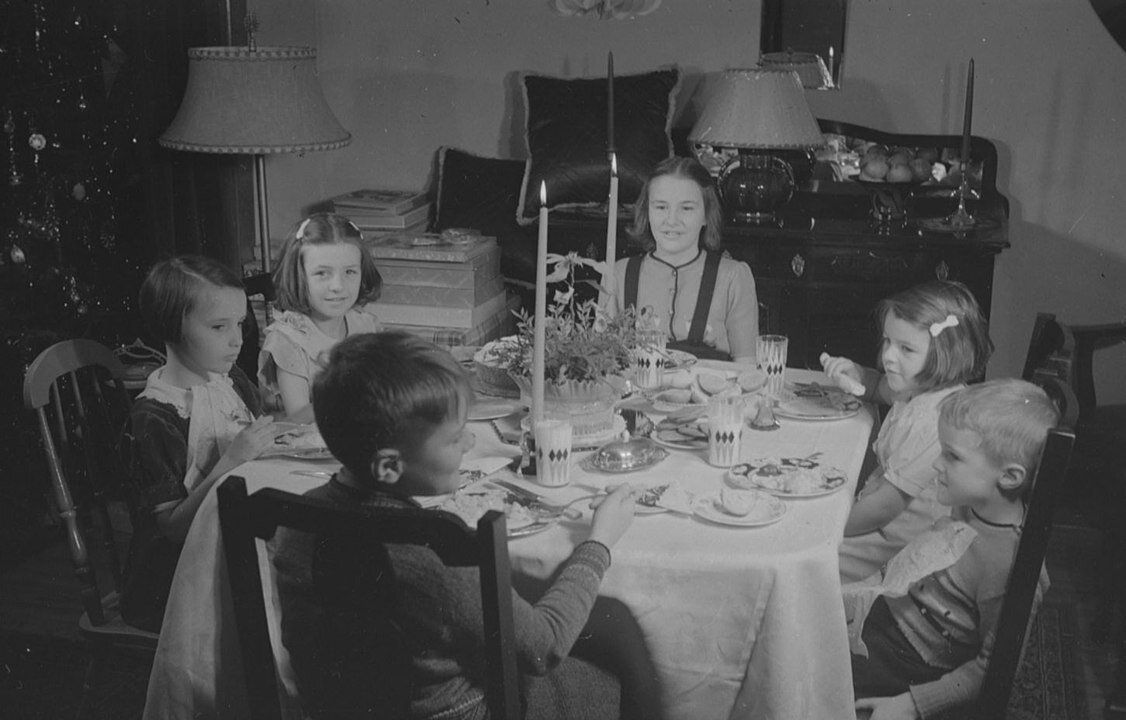Unearthing the Secrets of Your Home: Documenting Architectural Details and Unveiling Historical Significance
/Unearthing the Secrets of Your Home: Documenting Architectural Details and Unveiling Historical Significance
Discovering the history of your house can be an exciting journey that not only connects you with the past but also deepens your understanding of the architectural and historical context in which it exists. By exploring and recording the various features of your house, you can trace its evolution and correlate it with significant historical advancements. This blog post will guide you through the process of unraveling your house's history, capturing its unique attributes, and connecting them with the broader historical narrative.
1. Researching Historical Records:
Start by delving into historical records to gather information about your house. Visit local libraries, historical societies, and archives to access documents such as property deeds, tax records, and building permits. These records can provide valuable insights into the age, previous owners, and construction history of your house.
2. Identifying Architectural Styles:
Examine the architectural style of your house as it can reveal valuable clues about its historical context. Consult architectural reference books or online resources to identify the style prevalent during the period your house was constructed. Understanding the architectural style can help you trace the influences and design trends of that particular era.
English houses encompass a rich variety of architectural styles that have evolved over centuries. Here are some notable architectural styles commonly found in English houses:
Tudor:
Tudor architecture emerged during the 15th and 16th centuries. It is characterized by half-timbered construction, ornate woodwork, and prominent chimney stacks. The use of decorative details like intricate carvings and leaded glass windows adds a distinctive charm to Tudor-style houses.
Georgian:
Georgian architecture gained popularity during the 18th century. Influenced by classical Greek and Roman designs, Georgian houses often feature symmetrical facades, sash windows, and grand entrances with columns or pediments. The use of high-quality materials, such as brick or stucco, reflects the elegance and refinement of the Georgian era.
Victorian:
Victorian architecture emerged during the reign of Queen Victoria in the 19th century and encompasses several sub-styles. The Gothic Revival style, characterized by pointed arches and decorative tracery, reflects a romanticized interpretation of medieval architecture. The Italianate style features elaborate detailing, including ornate window surrounds and balconies. The Queen Anne style is known for its irregular floor plans, picturesque roofs, and decorative elements like turrets and bay windows.
Edwardian:
Edwardian architecture emerged during the early 20th century and reflects a transition from the ornate Victorian style to a more restrained and elegant aesthetic. Edwardian houses often have simpler facades, large windows, and spacious interiors. The use of red brick and tiled roofs is common, and some houses may incorporate elements of the Arts and Crafts movement.
Arts and Crafts:
The Arts and Crafts movement, prominent in the late 19th and early 20th centuries, emphasized craftsmanship and a return to traditional craftsmanship. Arts and Crafts houses often feature exposed timber beams, stone or brick construction, and handmade elements like decorative tiles and wrought ironwork. These houses celebrate simplicity, natural materials, and a connection to the surrounding environment.
Modernist:
In the 20th century, modernist architecture emerged as a response to industrialization and a desire for functional, minimalist designs. Modernist houses often feature clean lines, flat roofs, large windows, and an integration of indoor and outdoor spaces. Notable modernist architects like Le Corbusier and Walter Gropius influenced the design principles of English modernist houses.
These are just a few examples of the architectural styles you may encounter when exploring English houses. Each style reflects its own historical context, design principles, and cultural influences, contributing to the rich tapestry of architectural heritage in England.
3. Documenting Exterior Features:
Take a thorough inventory of the exterior features of your house. Begin with the façade, noting the materials used, architectural details like columns or decorative motifs, and any alterations made over time. Pay attention to the roofline, windows, doors, and any unique elements that distinguish your house from others in the area.
4. Examining Interior Features:
Explore the interior of your house, documenting distinctive features and changes made throughout the years. Look for original flooring, moldings, fireplaces, staircases, and other architectural elements. Take photographs and measurements to create a visual record of these features, capturing both their current condition and any historical details they might reveal.
5. Consulting Local Experts:
Reach out to local historians, preservation organizations, or experts in architectural history for guidance and additional information. They may have resources, photographs, or knowledge about the historical context of your house and can offer valuable insights into its evolution.
6. Correlating with Historical Advancements:
Once you have gathered information about your house's architectural features, correlate them with historical advancements of the time. Research technological innovations, construction methods, and societal changes that occurred during the period your house was built. This correlation will help you understand how your house fits into the broader historical narrative and its significance within its community.
7. Creating a Historical Timeline:
Compile all the information you have gathered into a historical timeline of your house. Organize it chronologically, including key events, owners, architectural changes, and historical milestones. This timeline will serve as a comprehensive record of your house's history and provide a valuable resource for future homeowners or researchers.
8. Sharing Your Findings:
Consider sharing your research and findings with local historical societies, online communities, or neighbors who might have a shared interest in the history of your area. By contributing to the collective knowledge, you can help preserve and celebrate the historical significance of your house.
Unveiling the history of your house requires diligent research, attention to detail, and a passion for uncovering the past. By documenting and correlating the various features of your house with historical advancements, you can gain a deeper appreciation for its significance and contribute to the preservation of local history. Embark on this rewarding journey, and let your house tell its own story of the past for generations to come.
f you're interested in preserving your own family history, Silver Screen Family is here to help. We specialize in creating films that capture the essence of your loved ones, ensuring they are remembered forever. Our dedicated team will craft a personalized documentary that showcases the unique stories of your family. Get in touch today!











